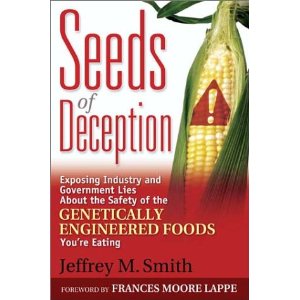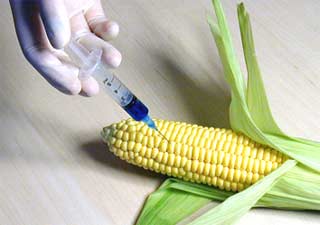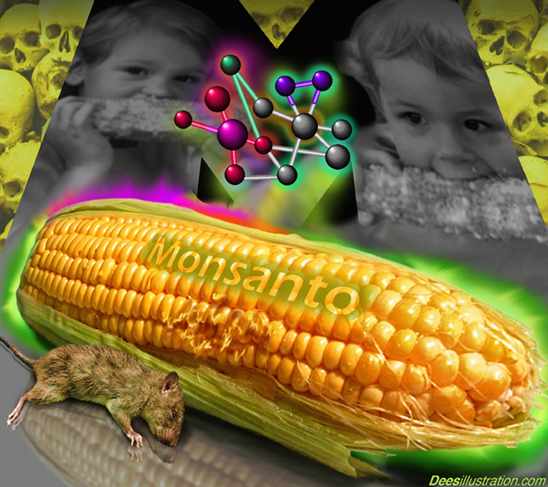So this discussion is really more of an anti-corporate blah blah that often degrades into hate speech that helps demonize the term altogether
Nope, no hatespeech (hate is so bad feeling, no point going there unless one wants to go crazy), just plain ol'common sense, pure logic, like 2+2=4. Get them !
Irie !















